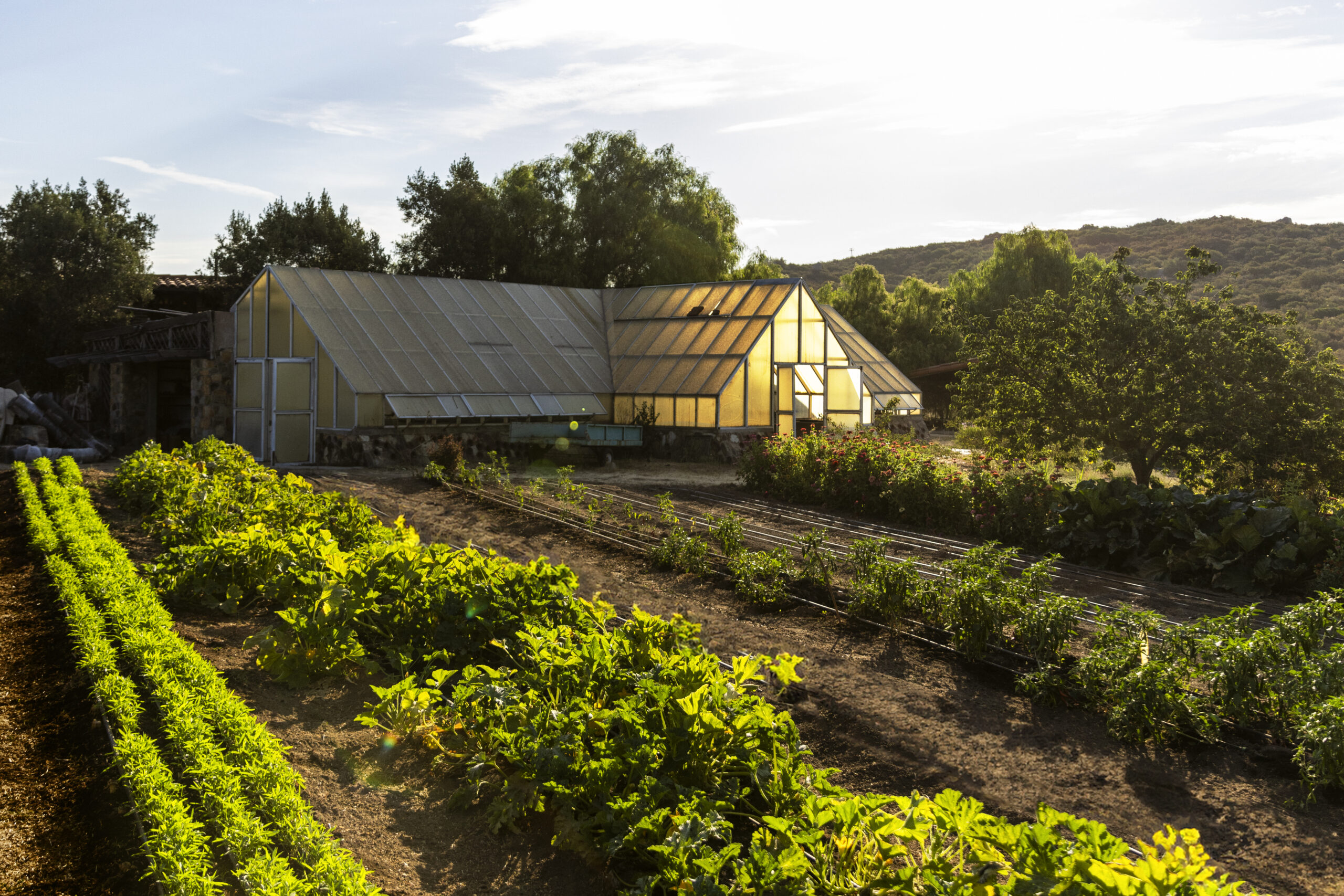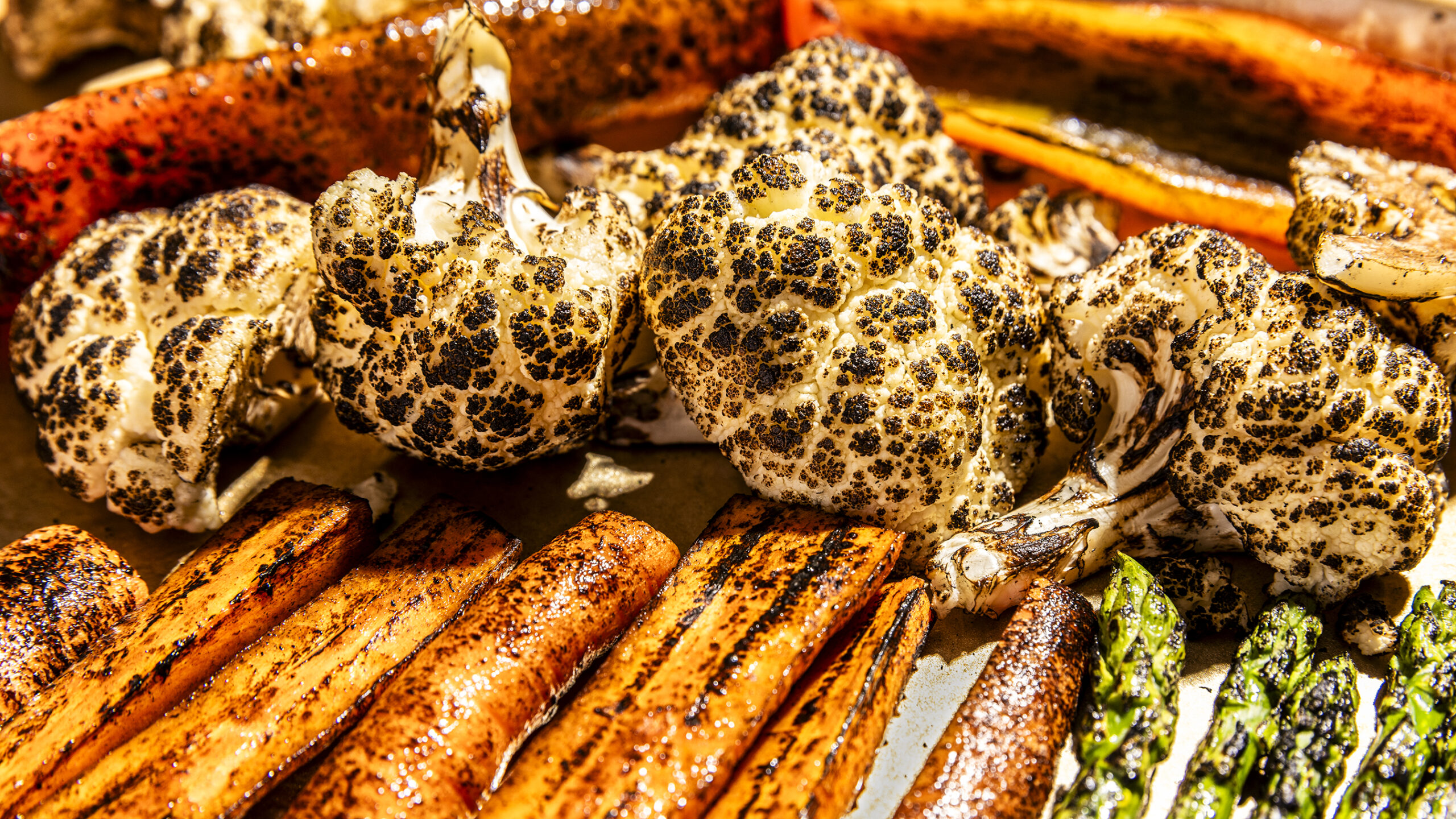The Benefits of Lavender

Lavender has long been a garden icon and may be the single most popular herb on the planet. In recent years, it has become a common food ingredient and is an excellent example of how food can be used as medicine. There are over 40 cultivars of lavender, each with its own scent and unique hue. Lavendula augustifolia also referred to as ‘culinary lavender’, is the lavender used in cooking. It’s used in baked goods, paired with seafood and chicken, and found in a variety of beverages, including teas. The term culinary is an important distinction since not all types of lavender are safe to eat. Lavendula augustifolia is the type of lavender primarily used medicinally in aromatherapy and supplements.
The medicinal properties of lavender are well documented; it has antioxidant, anti-microbial, and anti-anxiety actions. It can be absorbed through aromatherapy, topically, or orally. Each modality can have different effects, so it is important to know how to use lavender to deliver the desired result.
Overall, lavender has a calming effect and is often recommended to promote sleep. Aromatic compounds found in this herb are absorbed through olfactory or odor receptors. These receptors are found throughout the nasal passages, skin, and intestinal tract. One of the calming compounds, called linalool, binds to these receptors, which send calming signals to the nervous system.
Studies have used electroencephalograms (ECG) to observe how compounds like linalool decrease arousal in the brain. It has even been shown to reduce agitation in dementia and Alzheimer’s patients. During breast cancer treatment, lavender aromatherapy helped reduce postoperative and chemotherapy-induced nausea. Linalool can be delivered by placing a few drops of lavender oil on your clothing, pillowcase or using a diffuser. When using a diffuser, properly dilute the essential oil and limit the duration of aromatherapy to 15-20 minutes.
Lavender also has benefits when applied topically. The compound β-caryophyllene found in lavender can bind to CB2 receptors (cannabinoid receptor 2)) in the skin. Activation of the CB2 receptor can relieve pain and foster wound healing. This makes lavender an excellent remedy for sunburn pain. It can be applied ‘neat’ or diluted in a carrier oil using one drop of lavender in five to ten drops of grape seed oil. To be safe, test for sensitivity on a small patch of skin before applying to a larger area.
Lavender can also be found in herbal capsules and pastilles. During pregnancy, oral use of lavender is not advised. Topical use of lavender is not recommended for young boys due to a few reports of breast development while using lavender-containing products. It’s also wise to check the compatibility of lavender with your medications. Your doctor, a Registered Dietitian, or a qualified herbalist is best to advise.
Lavender used in food imparts more flavor than pharmacy. Its use in cakes and cookies creates a savory flavor note. When combined with lemon balm or chamomile, lavender makes a soothing tea safe for adults and children. Try crushing lavender with a sprinkle of blue cheese on sweet potatoes or using it with lemon to flavor salmon. The options are endless!
 Registered Dietician Linda Illingworth is the founder of Nutrition Muse and current Director of Nutrition at Lifewellness Institute in Point Loma, CA. She is responsible for patient clinical care and corporate wellness education for local and international corporations. Using the premise that ‘every molecule in your body is sourced from food’, she focuses on food as the foundation for health. She supports her clients through lifestyle changes to make the most impact on health. As a certified specialist in Sports Nutrition, Linda also has specialized training in food sensitivities, supplementation, wellness, thyroid, and cardiovascular nutrition.
Registered Dietician Linda Illingworth is the founder of Nutrition Muse and current Director of Nutrition at Lifewellness Institute in Point Loma, CA. She is responsible for patient clinical care and corporate wellness education for local and international corporations. Using the premise that ‘every molecule in your body is sourced from food’, she focuses on food as the foundation for health. She supports her clients through lifestyle changes to make the most impact on health. As a certified specialist in Sports Nutrition, Linda also has specialized training in food sensitivities, supplementation, wellness, thyroid, and cardiovascular nutrition.
Koyama S, Purk A, Kaur M, et al. Beta-caryophyllene enhances wound healing through multiple routes. PLoS One. 2019;14(12):e0216104. Published 2019 Dec 16. doi:10.1371/journal.pone.0216104
Bon Appetit, Nov 27 2021When online, https://www.bonappetit.com/test-kitchen/how-to/article/cooking-with-lavender
Karaman S, Karaman T, Tapar H, Dogru S, Suren M. A randomized placebo-controlled study of aromatherapy for the treatment of postoperative nausea and vomiting. Complement Ther Med. 2019 Feb;42:417-421. doi: 10.1016/j.ctim.2018.12.019. Epub 2018 Dec 28. PMID: 30670276.
Koulivand PH, Khaleghi Ghadiri M, Gorji A. Lavender and the nervous system. Evid Based Complement Alternat Med. 2013;2013:681304. doi:10.1155/2013/681304


